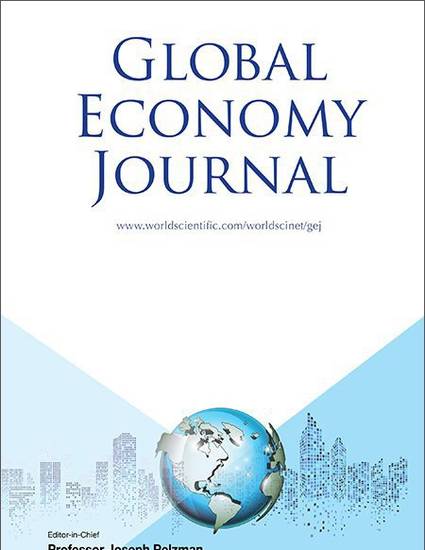
Article
Growth of Government Expenditure in Bangladesh: An Empirical Enquiry into the Validity of Wagner's Law
Global Economy Journal
(2009)
Abstract
The study empirically investigates ‘Wagner's law,' the relationship between ‘social progress' and ‘growth of state activity' in an economy, using Bangladesh data from 1976 to 2007 in a bivariate as well as a trivariate framework incorporating ‘population size' as a third variable. The estimated results provide evidence in favour of Wagner's law for Bangladesh in both the short-run and long-run. There is a long-run cointegration relation among real government expenditure, real GDP and the size of population where government expenditure is positively tied with the real GDP (1.14), per capita GDP (1.51) and population size (0.21). Both the real GDP and GDP per capita Granger cause total government expenditure to change. Population size also comes up as a significant stimulus for public spending to grow in both the long-run and short-run.
Keywords
- Wagner's Law,
- public expenditure,
- economic progress,
- cointegration,
- Granger causality
Disciplines
Publication Date
June 9, 2009
Citation Information
Mohammad Abul Kalam and Nusrate Aziz. "Growth of Government Expenditure in Bangladesh: An Empirical Enquiry into the Validity of Wagner's Law" Global Economy Journal Vol. 9 Iss. 2 (2009) Available at: http://works.bepress.com/nusrate_aziz/1/
